SUMMARY
This is AI generated summarization, which may have errors. For context, always refer to the full article.
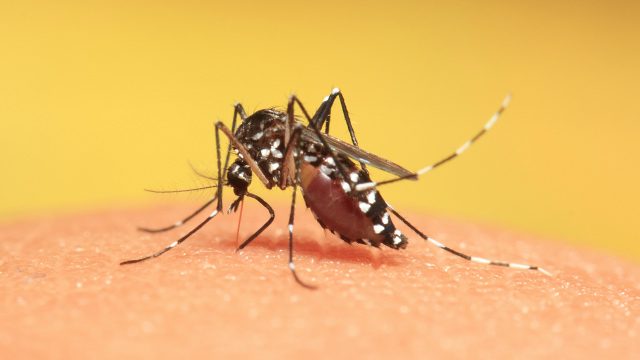
ZAMBOANGA DEL NORTE, Philippines – Local health officials started a fresh campaign against dengue as the resurgence of the dreaded viral disease made the Zamboanga del Norte top the list of areas in the Zamboanga Peninsula region with the most number of documented infections.
Cindy Elopre-Rhudy, surveillance officer of the Department of Health (DOH) in Zamboanga del Norte, told a media forum on Wednesday, February 7, that the province’s dengue cases increased to 4,746 in 2023, from 2,014 cases in 2022.
Rhudy said Zamboanga City had the highest at 3,884 cases two years ago followed by Zamboanga del Sur with 2,416 cases, Zamboanga Sibugay with 1,880, and Isabella with 472.

As of February 5, Zamboanga del Norte has logged 176 dengue cases since January.
Of the province’s two cities and 25 municipalities, Dipolog City registered the highest number of suspected dengue cases reaching 708.
Dengue is a viral infection, with severe cases potentially fatal, transmitted by mosquito vectors Aedes aegypti and Aedes albopictus to humans. Symptoms include high fever, intense headache, eye pain, muscle and joint aches, nausea, and vomiting.
“We have a five-pronged approach to fight dengue, but the search and destroy (campaign) of the mosquito hideouts has been proven to be the most effective,” Dr. Eduardo Luayon, Zamboanga del Norte provincial health officer, told Rappler.
The provincial government started to distribute on February 8 long-lasting insecticide-treated nets to families living in houses that have no window and door screens, prioritizing villages with the most number of dengue cases, households with pregnant women, and poor families.
Other interventions involve encouraging individuals, especially children, to wear long-sleeved shirts and pants, staying well-hydrated, promptly seeking medical attention upon experiencing dengue symptoms, and implementing fogging measures.
“Fogging, however, only kills adult mosquitoes and not the eggs and yawa-yawa (mosquito larva), so searching and destroying their breeding sites is still the best way,” Luayon said.
The province’s health office also activated the so-called “dengue fast lanes in hospitals,” and ordered the procurement of testing kits for rural health workers, and a province-wide massive information dissemination campaign.
Meanwhile, Dipolog’s dengue prevention coordinator, Sheridan Rose-Cimafranca, attributed the city’s consistently high number of dengue cases to the local government’s rigorous surveillance and reporting practices, even at the barangay level.
Provincial Dengue Coordinator Restie Quiamco said there were cases of under-reporting of dengue infections in other areas due to fear, and some parents opting for home or self-medication.
Luayon also said that Dipolog, being the most densely populated area in the province, understandably experiences the highest number of dengue cases.
“Nevertheless, Dipolog has intensified its monitoring and cleanliness drives to destroy mosquito breeding areas,” Luayon said. – Rappler.com
Add a comment
How does this make you feel?
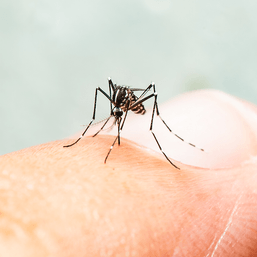

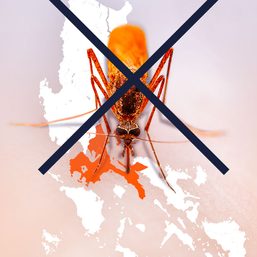



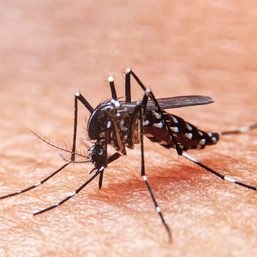
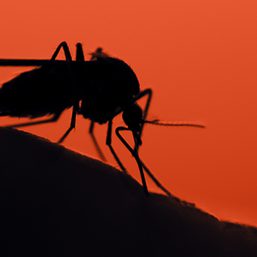




There are no comments yet. Add your comment to start the conversation.